What is Tensile Strength?
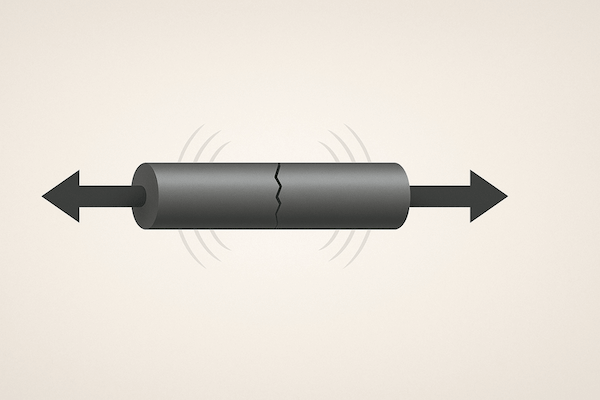
Tensile strength refers to the maximum stress a material can withstand while being stretched or pulled before breaking. It is a fundamental mechanical property, typically measured in megapascals (MPa) or pounds per square inch (psi), and it represents the material’s resistance to being pulled apart.
In simpler terms, tensile strength tells us how much pulling force a material can take before it fails.
Tensile Strength vs. Other Mechanical Properties
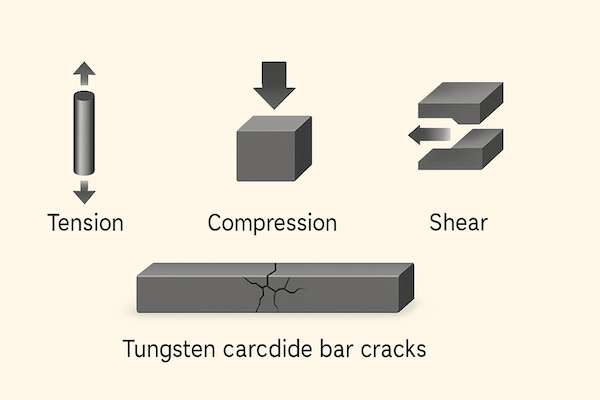
Tensile strength is often discussed alongside:
Compressive strength – resistance to squashing or compression
Shear strength – resistance to sliding forces
Transverse rupture strength (TRS) – commonly used in brittle materials like cemented carbide to approximate bending resistance
However, because tungsten carbide is a brittle material, its tensile strength is significantly lower than its compressive strength, making it more prone to cracking under tension than under pressure.
Tensile Strength in Tungsten Carbide (Cemented Carbide)
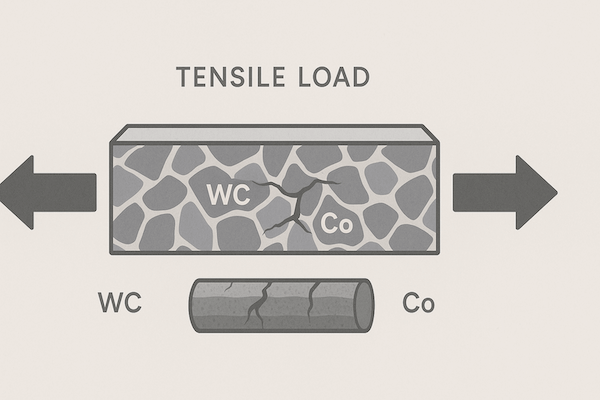
Tungsten carbide (WC) is combined with a metallic binder (usually cobalt or nickel) to form cemented carbide, a material known for its exceptional hardness and compressive strength. However, its tensile strength is relatively moderate, typically in the range of:
250–700 MPa, depending on the grade and binder composition
This is because the ceramic-like WC particles are strong but brittle, and cracks can propagate quickly under tensile loading.
Factors Affecting Tensile Strength in Cemented Carbide
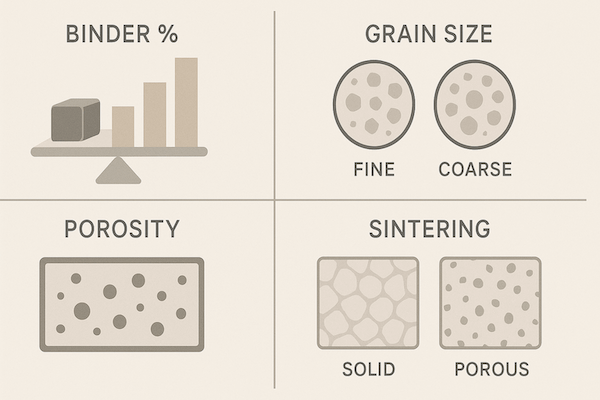
Several material and process variables influence tensile strength in tungsten carbide:
1. Binder Content
Higher cobalt content increases toughness and tensile strength but may slightly reduce hardness.
For example:
YG20 (20% Co) offers higher tensile strength than YG6 (6% Co).
2. Grain Size
Fine-grained WC offers better crack resistance, increasing tensile reliability.
3. Porosity and Flaws
Tensile strength is highly sensitive to internal defects. Pores or inclusions can serve as stress concentrators, initiating cracks.
4. Sintering Quality
Well-sintered, fully dense carbides show better performance under tensile and transverse loads.
Why Tensile Strength Matters in Tungsten Carbide Tools
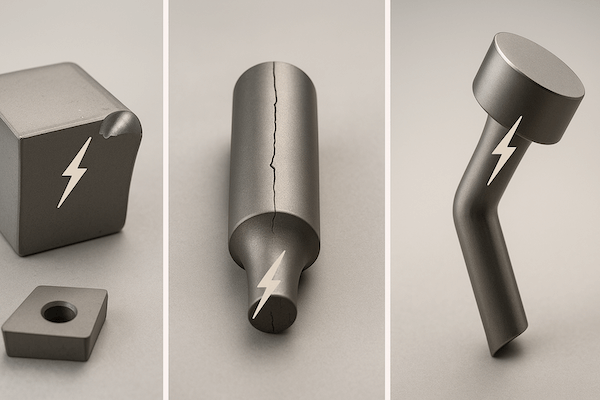
Even though tungsten carbide tools are rarely subjected to pure tensile loading, tensile strength still matters in several ways:
▸ Tool Breakage and Chipping
Sudden impact, uneven clamping, or reverse bending can introduce tensile stress—leading to cracks or fractures if the material lacks sufficient tensile strength.
▸ Design of Tool Geometry
Thin sections, sharp corners, or long cantilevered carbide parts are more vulnerable to tensile failure.
▸ Fatigue Life
Repeated tensile-compressive cycles (such as in high-speed cutting or stamping) require carbide grades with balanced tensile strength and toughness.
Testing Tensile Strength in Carbide
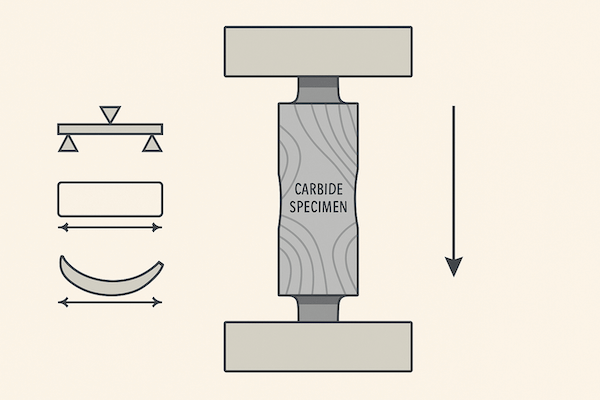
Tensile testing of brittle materials like cemented carbide is challenging. Instead, engineers often use:
Transverse rupture strength (TRS) tests
Flexural strength measurements
Indirect methods like fracture mechanics or fatigue analysis
These give practical estimates of a grade’s resistance to mechanical failure.
Practical Applications and Considerations
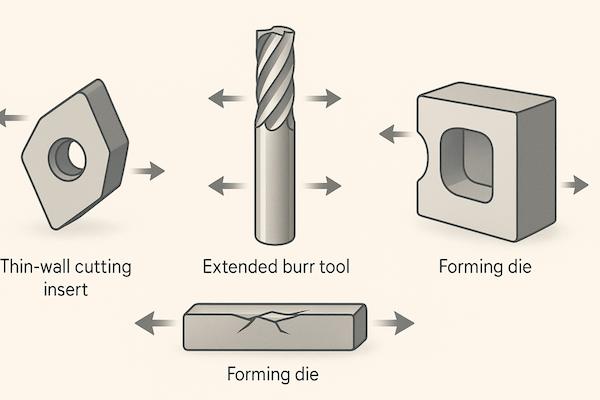
Tungsten carbide tools used in the following areas often demand higher tensile strength:
Thin-wall carbide cutting tools and carbide inserts
Rotary files, carbide reamers, or burrs under high vibration
Forming tools with long overhangs or unsupported spans
In such cases, engineers select grades with optimized binder content and grain size to improve tensile resilience without sacrificing too much hardness.
Conclusion
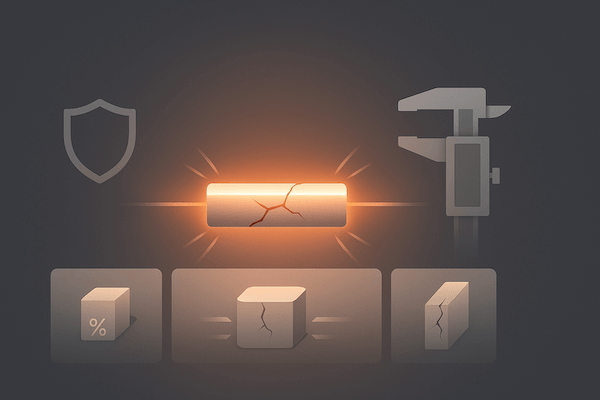
Tensile strength is a critical, though often underappreciated, property in tungsten carbide tools. While these tools are primarily valued for their compressive and wear strength, ensuring sufficient tensile strength is essential for resisting cracking, tool breakage, and premature failure. Understanding how to balance tensile strength with other properties like toughness and hardness is key to selecting the right carbide grade for high-performance applications.
